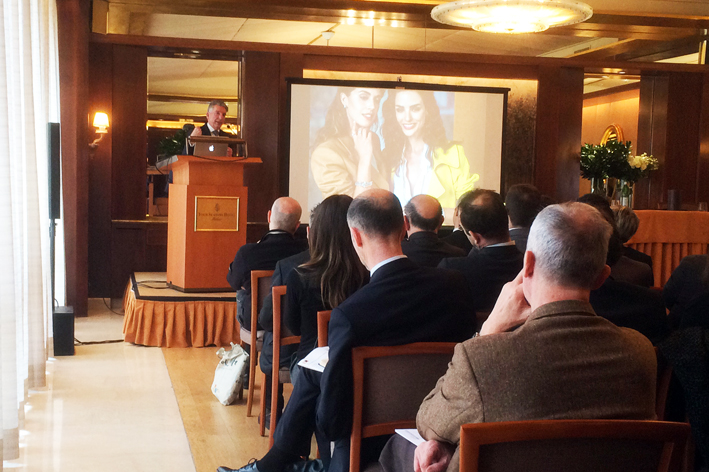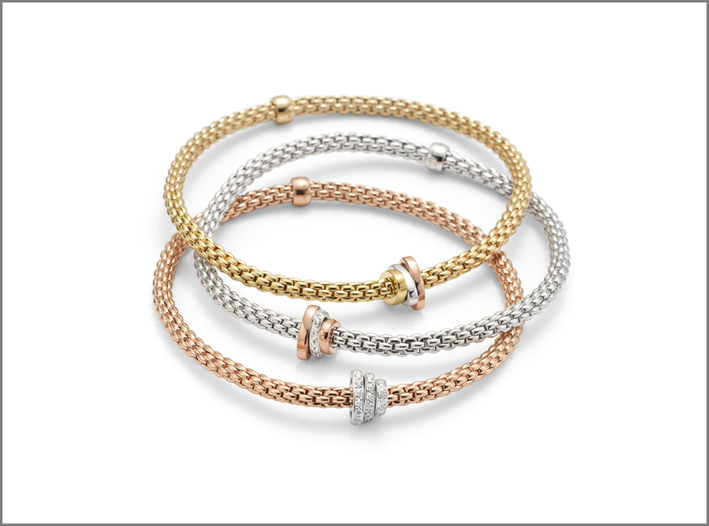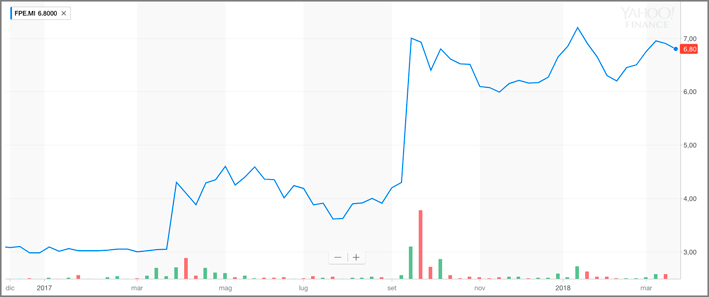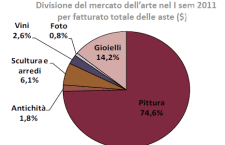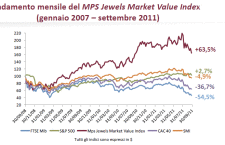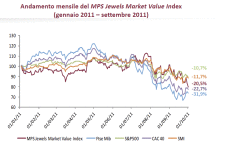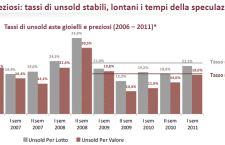How much has the pandemic hit the world of jewelry? And on the price of gold? Is it still worth investing in gold? It is early to do the math, but the latest report from the World Gold Council that examines the first three months of 2020 provides the first answers. The result is predictable: coronavirus has plunged the annual demand for gold jewelry in the first quarter of 2020 by 39% to 325.8 tons, which is the lowest level. If you consider the value, however, the global demand for gold jewelry has fallen less: 26% on an annual basis. And this is because in the meantime the price of gold has gone up: it sells less, but costs more. The quarterly average price of gold was $ 1,582.8 per ounce, or $ 50.88 per gram. Unworked gold, not jewelry.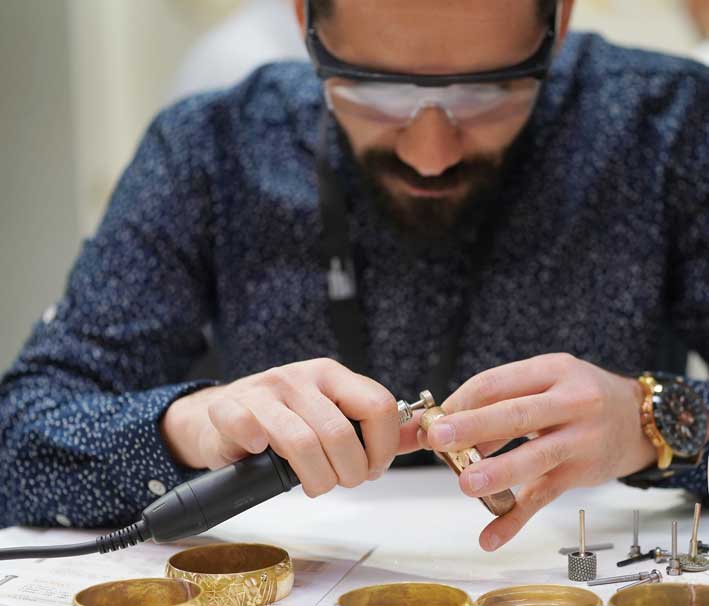
China, India, the USA and Europe
Still if we consider the first three months of 2020, the country where the demand has fallen most is China, which is also the first area where the contagion has spread. China is also the largest jewelry market in the world and there the demand for gold has slipped by 65% on an annual basis, the lowest level for over 13 years. Jewelers and closed shops, lockdown: it is not surprising that purchases have precipitated despite government incentives to push consumption.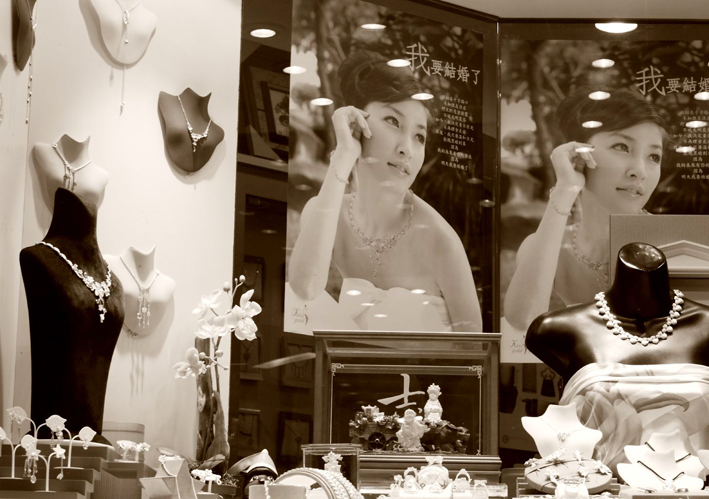
In India too, the demand for jewelry fell, but by 41%. In this case, the sales brake was also caused by the rise in gold prices in mid-February, which led to a slowdown in demand. Then came the covid and in March the demand for jewelry fell from 60% to 80% following the lockdown.
Despite being two areas with many differences, the World Gold Council unites the United States and Europe. In the US, demand has dropped by only 3.7%, but the effects of covid-19 arrived late in the States. The analysis notes, however, that online purchases have mitigated the virus effect. In Europe, where the evil virus has arrived earlier, the drop in gold consumption is double-digit. First quarter demand fell 15% to a record low of 10.8 tons. As expected, the losses were stronger in Italy, the first country hit by the epidemic (-22%), but also the United Kingdom (-20%).
For Middle East and Turkey, no surprise: jewelry sales fell 9-10%, but gold prices in Turkey reached new highs, also because metal was purchased as a safe haven asset.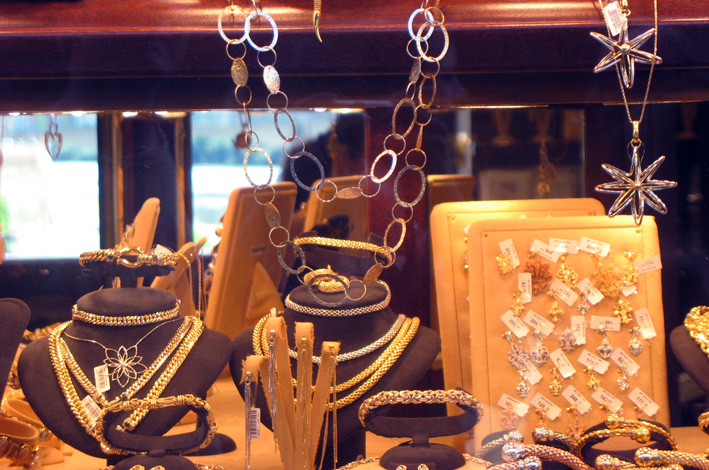
Investments
As for investments, the demand for gold through the financial markets grew by 1%, to 1,083.8 tons. In short, the coronavirus has pushed purchases. Exchange-Traded Funds (ETFs, a type of investment fund) specialized in gold values have attracted strong demand from investors, an effect that has pushed the prices in these products to a new record. Total investment in bullion and coins, on the other hand, fell by 6% year-on-year to 241.6 tons, as a 19% drop in demand for bars at 150.4 tons outstripped the increase in demand for euro coins. ‘gold.
Those who follow the financial aspect will be interested to know that central banks have continued to buy a lot of gold, even if a little less than in the first quarter of 2019: net purchases decreased by 8%. Another aspect that can affect metal prices: covid-19 also caused the interruption of the supply of gold, given that mining production fell by 3%, to a minimum of five years of 795.8 tons. A factor that could push gold further up.





